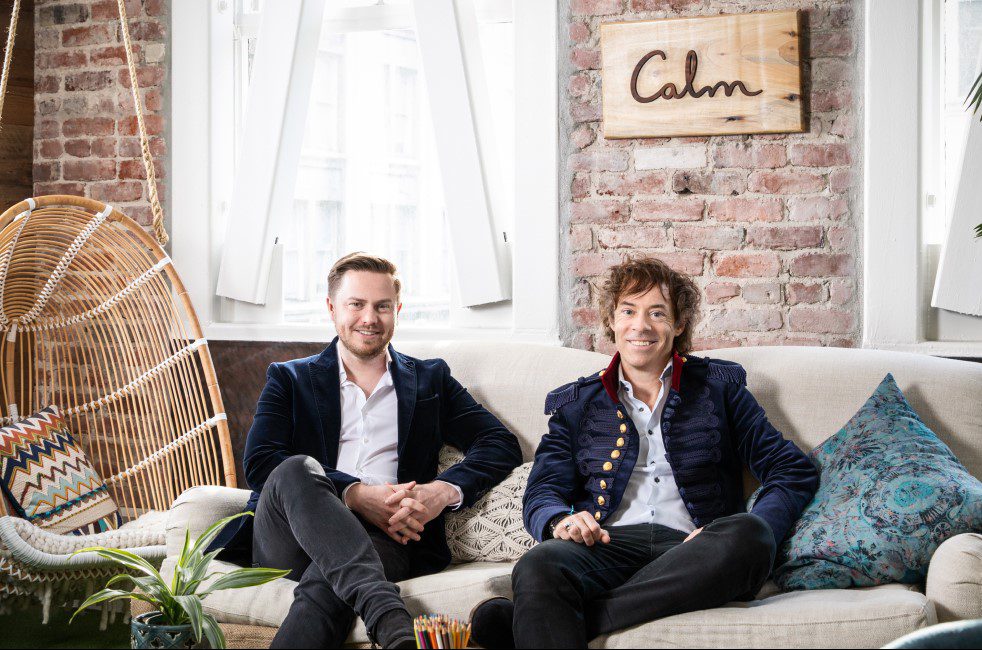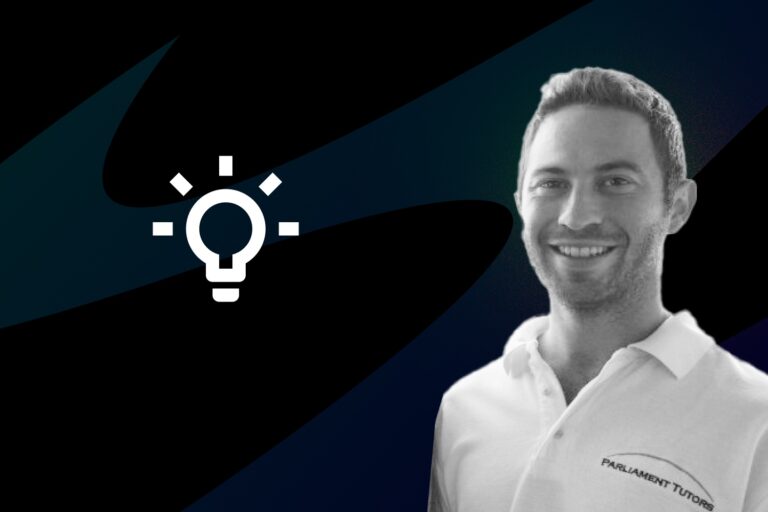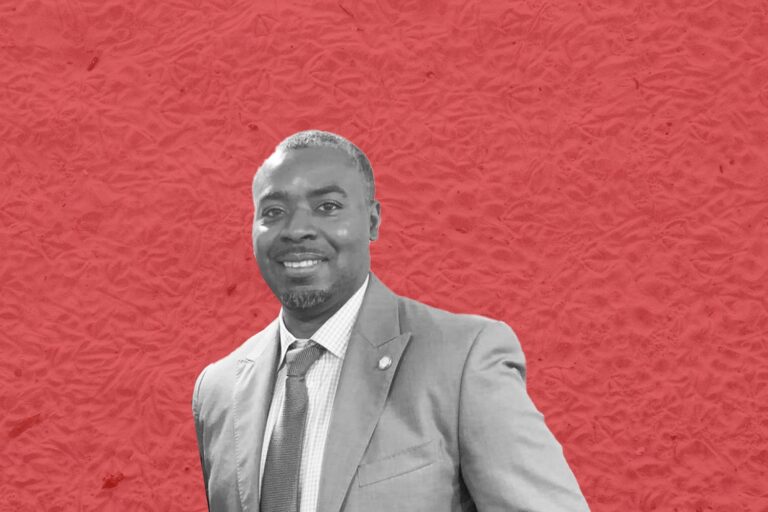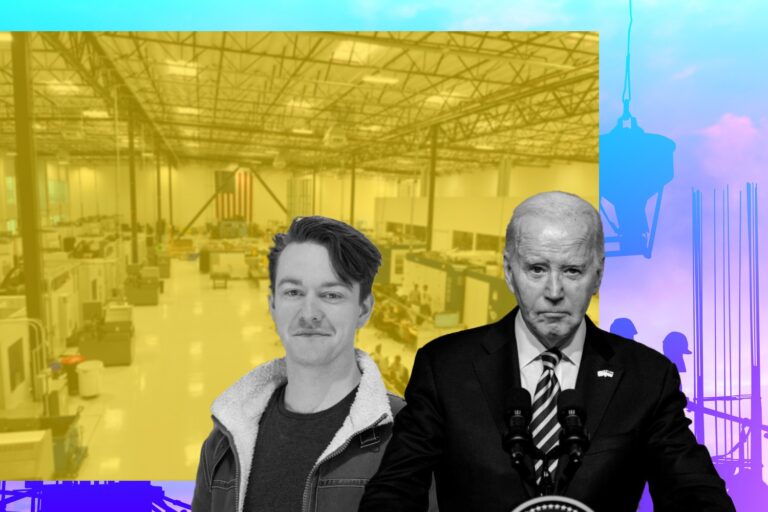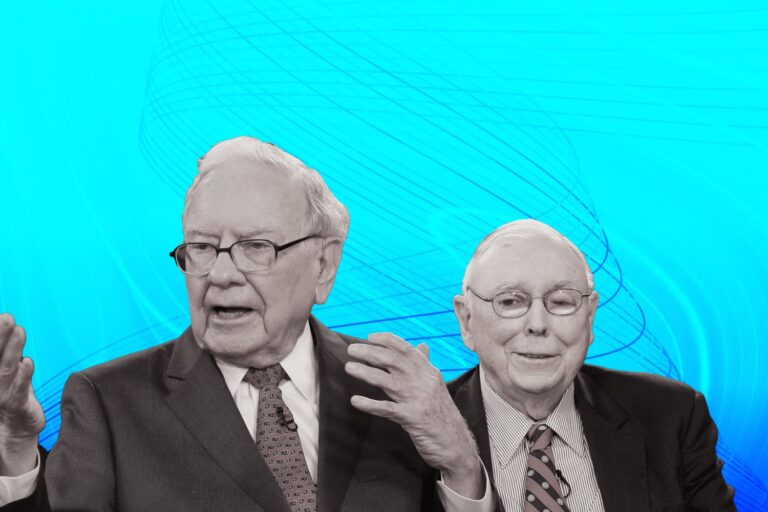How Calm Reigns as The First Ever Unicorn Within the Mindfulness Landscape
The mental wellness landscape has exponentially flourished over recent years, with its staggering $121 billion valuation in 2020, in which the meditation and mindfulness segment has jumped to a staunch $2.9 billion. That makes sense since the “black swan” COVID-19 pandemic has prompted individuals to seek out solace and try new therapeutic routines to cope with the uncertain reality. Yet, even before the world went into shambles, the meditation app market had welcomed a myriad of movers and shakers.
Whereas Headspace and MindStrong emerged as the first movers within the sphere, Calm has reigned as the most well-known app. Introduced back in 2012 as a mindfulness app especially for beginners, Calm has now gained huge momentum as a guide for proper sleep and relaxation and has risen to become the first-ever Unicorn in meditation app market.
So, what is the story behind “the world’s happiest app”? How has Calm literally slept its way to success as a prominent “sleep” business? Let’s go explore!
Growth Trajectory of The First “Unicorn” Mindfulness App
Before delving into Calm’s winning strategies to rise to such prominence, let’s cast a glimpse over its story from the very first beginning.
Calm Got Off to A Rocky Start…
Calm was established in 2012 by British entrepreneurs Michael Acton Smith and Alex Tew. As a born entrepreneur, Michael launched a handful of startups before Calm and first-hand felt the pressure of being a successful entrepreneur. He followed his passion for mindfulness and neuroscience, teamed up with Alex, who was trying to prove the beneficial effects of meditation – then, they formulated Calm and positioned it as “Nike for the mind”.

Born out of the hazy idea to create mindful products to help people address stress, Calm did not seem to have a concrete direction, even though these two friends floated ideas, such as soothing videos and relaxing sound effects. The next year, Alex moved to San Francisco for another job, and the two had regular transatlantic phone calls about the future of the company. One year later, for Michael’s birthday, the duo and a group of friends took a trip to the Italian countryside, where they had in-depth conversations about mindfulness and where they might take Calm.
In that same year, when the revenue of Moshi Monsters – Michael’s another online gaming pivot – began to tank, the British entrepreneur did something he’d never done before: Take a step back, alone in a new place, and collect his thoughts. He decided on a solo trip to the Austrian Alps and brought along books on meditation. One of them, 10% Happier, struck a chord.
Something did suddenly “click” for Michael as he discovered that meditation wasn’t as much about incense or religion – instead, it was about neuroscience. “I realized it was an ancient but valuable skill that could be relevant for everybody,” shared Michael. He tried it on his hotel balcony on vacation, and afterward, he felt less stressed and more conscious of his breath. Colors even appeared more vivid.
Though Alex had been pushing Calm’s focus on meditation for a while, it wasn’t until Michael’s balcony meditation experience that he agreed on. One or two years later on, Michael Acton Smith and Alex Tew found developers and started to develop Calm as it is now – a guided meditation platform for everyone, both beginner and advanced. By January 2016, as Michael finally felt ready to step away from his online game startup and moved to San Francisco to dedicate himself completely to Calm, he and Tew, who had already been working full time on Calm, agreed to be co-CEOs and split the company equally. However, at the time, Calm’s revenue was touch-and-go and the company did not have much money banked.
Calm Almost Stretched to The Breaking Point
During the first half of 2016, the duo worried whether Calm would be able to “keep the lights on,” especially at the company’s lowest point, when there were a few thousand dollars left in the bank and many potential investors kept giving them the boot. Actually, Michael and Alex left dozens of pitch meetings with “no” ringing in their ears.

“When that happens a few times, you can cope,” shared Michael Acton Smith, recalling those hard days. “When it happens dozens of times, it makes you question whether you’re on the right path and whether smart investors know more than you do.” Michael also heard through the grapevine that one investor had called Calm a “load of nonsense,” saying it was “never going to work,” and another described the company as a “fluffy little meditation app.”
From venture capitalists’ side, they typically backed up their decisions with an investing idea popularized by Warren Buffett — the need for a “moat,” or an ability to maintain an advantage over competitors. Given that, as everyone tended to think mediation services like Calm could be accessed elsewhere for free, they were unlikely to pay for the app’s offerings.
The Turnaround Came
Approximately six months later, Michael and Alex decided they were left with no alternative but to turn Calm around and make the business profitable. Indeed, the duo kept the team size under 10, worked long hours in a one-bedroom apartment in San Francisco and sharply questioned every outgoing dollar. Michael paid for many of Calm’s expenses on his personal credit card.
Hard work paid off as by early 2016, the mediation platform finally broke even. Whereas the small team kept working out of that one-bedroom apartment for the first year or so, it grew to 40 employees and together, they started each day with a 10-minute meditation.
As leaders within the sphere, Calm and Headspace only generated $70 million in 2017, but the figure did “balloon” 74% in 2018 to $122 million. The entire industry grew by staggeringly 306% in that time with the launch of five thousand new meditation apps.
“Mental health was something people didn’t really talk about until recently. Something is changing really dramatically. There’s a societal shift of people taking care of their minds and being more interested in sleep and self-care,” Michael said in an CNBC interview.
As Calm grew, so did its ambitions. In 2017, the mindful platform won Apple’s App of the Year award, which propelled it ahead of its rival Headspace, especially in terms of downloads and revenue. Calm began to feature Sleep Stories, which has become the app’s most popular segment, securing over 140 million listens in 2018.

In practice, Calm has leveraged Sleep Stories as a platform to draw in dozens of celebrities – typically LeBron James, Stephen Fry, Harry Styles and Matthew McConaughey, who narrate original stories or fiction. Besides, the mediation app has archival recordings of Bob Ross available, alongside thousands of other narrated stories.
Calm continued to earn Apple BEST OF 2018 award winner, Google Play Editor’s Choice 2018, and to be named by the Center for Humane Technology as “the world’s happiest app”. In 2020, Calm has expanded these sleep stories to other languages, publishing stories in Spanish, French and German. It’s not clear how successful these pursuits have been, as the U.S. still accounts for around 60% of the entire meditation app market.

From $0 to a $1 Billion Valuation in 7 Years
Michael remarked that Calm was holding onto a rocket ship for dear life and that there would be much further to go. He projected Calm’s 2018 revenue to be $80 million – a far cry from the tens of thousands he spent on his credit card during launch – and, after its valuation at the close of series B funding round in 2019, Calm was valued as a billion-dollar company, emerging as the first-ever unicorn within the mediation app market.
“The mind doesn’t come with an instruction manual,” Michael Acton Smith stated. “This is … the closest thing I’ve found.”
For the time being, Calm stands as the No.1 app for sleep, meditation and relaxation, with more than 100 million downloads and over 1.5M+ 5-star reviews. To grasp how popular this app has become, let’s take a look over the following table:
| Year | Revenue | Funding (Total) | Subscribers |
| 2015 | $2 Million | ||
| 2016 | $7 Million | ||
| 2017 | $37 Million | ||
| 2018 | $80 Million | $0.25 Billion | 35 Million |
| 2019 | $150 Million | $1 Billion | 40 Million |
| 2020 | *Calm Has Not Publicized Revenue Since 2019 | $2 Billion | 100 Million |
It’s Calm’s Business Model that Matters
Quite similar to several other apps within the mindfulness landscape, Calm follows a Freemium business model, in which users can download the application and explore its basic features for free – yet, they will have to pay for the advanced features.
The main attraction of Calm can be attributed to a strong vibe of quietness and tranquility, which explains why the medication tool is very simple and intuitive, and it guides users through the sign-up process in a savvy way. Let’s take a look over its Business Model Canvas:
| Value Propositions | “To make the world happier and healthier through the superpower of calm” Harnessing the power of digital world, Calms aims to develop a range of digital and physical products that improve mental fitness and alleviate some of the most critical mental health issues of the modern age – Restful sleep – Improved focus – Relief from entrepreneurial stress |
| Customer Segments | – Designed for massive users – Targeting at anxious and stressed individuals – The typical calm user tends to be a female (60%) with a median age of 30 to 35 |
| Key Activities | – Product development – Software development – Content creation – IT operations – Sleep mist product manufacturing – Marketing and promotions |
| Customer Relationships | – Unique daily meditations that cover novel mindfulness concepts – Multi-day programs targeting specific mental problems or goals – Unguided and guided meditation sessions – Enhance mental fitness via tips, stories, gift cards |
| Key Partners | – Experts within the mindfulness and meditation sector – Psychologists – Press and Media – Investors |
| Channels | – A mindfulness meditation app (available on both iPhone and Android platforms) – The company’s website: Calm.com – Best-selling books – Social Media – Press |
| Key resources | – More than 100 million app downloads – Original sleep stories derived by mindfulness experts – Master classes – Curated content – Media attention – Employees – Brand “The Nike for the Mind” |
| Cost Structure | – Content curation – IT infrastructure & Engineering – Software development – Operation and customer service |
| Revenue Stream | – Subscriptions on a monthly, yearly and lifetime basis – Sale of sleeping aid product |

Winning Business Practices that Bring Huge Bucks
Whereas various elements included in Calm’s business model could be attributed to the business’s success, three key factors do prevail.
#1. Unique Yet Consistent Branding Approach
Amongst those who take interest or have meditated in past, Calm “boasts” an impressively solid aided brand awareness. According to Latana Brand Tracking, more than 56% can recognize Calm among hundreds of mindfulness apps; over half of those would even more eager to consider Calm as their primary product of choice and feels more inclined to use this app over others.
So, what is the mindfulness app’s secret to securing a top-of-mind position with their prime audience?
Obviously, Calm has headroom when it comes to customer acumen. Both the co-CEOs and co-founders get a deep interest in neuroscience and mental fitness; so, together, the duo designed a product that could help others cope with everyday stress, leveraging a mix of meditation, breathing, and mindfulness exercises.
Yet, there remained a mindset challenge: a large number of people, including investors, regarded meditation and mindfulness practices as a “load of nonsense”, considering them as something either too religious, too outdated, or plain New Age woo-woo. Calm decided to challenge that narrative by investing significant marketing resources in cementing the idea that meditation is everyday mind science for anyone — typically overworked developer, stressed-out celebrity, or anxious college graduate. This pitch took off since it was better aligned to their target audience’s beliefs, values, and preferences.
Notably, to break the long-established stigma, the business oriented its efforts into formulating a research-backed brand that also heavily leans on the “show, don’t tell” principle. Main hook among Calm’s branding tactics is its marketing videos that feature real-life experiences enticing users to get into the app.

Not only are they immersive, soothing, and in line with their brand positioning, but they are also celebrity-led. Eva Green, LeBron James, Matthew McConaughey, and Kelly Rowland are among Calm’s narrators. Though not every brand can afford to sign up a celebrity to build out in-app content as Calm, they can rely on external “experts” — including brand ambassadors, customer advocates, thought leaders, or even power users — to help validate the main product benefits.
#2. Fine Art of Product Bundling
“There are only two ways I know of to make money: bundling and unbundling.” This is true, at least in case of Calm.
Let’s travel back to a few years ago. In around 2016, while other competitors were almost dead-set on supporting their users hone meditation habits, Calm saw meditation as one piece of the wellness puzzle – and then added another product to their mix, “Sleep Stories”.
When they initially launched the product as professionally narrated tales with the sole purpose of helping listeners fall asleep, there were just a couple of alternatives on the market, but neither had the momentum or adoption of Calm or Headspace.
Nevertheless, by adding sleep stories alongside conventional meditation practices, Calm successfully broadened its appeal to new users. Furthermore, they knocked it out of the park with the product, garnering organic endorsements from celebrities. By the end of 2017, as interest in sleep apps peaked, Calm was perfectly positioned to take advantage.

At present, sleep stories undoubtedly prove to be big hits of Calm which “takes credit” for a huge amount of its revenue as well as makes it look more like a lifestyle/mindfulness app rather than a simple meditation tool.
Remarkably, besides sleep Stories, the mindfulness app has also built a library of sounds to be used flexibly: for sleep, focus, meditation or relaxation. By bundling meditation, sleep and focus music, the platform offers multiple entry points to the world of wellness, enabling users to chart their own path to inner peace.
#3. Unwavering Focus on Scientific Content Curated by Experts
Let’s be honest! Without professional advice, the user – or so-called mental advice seekers – will never be able to reach their goals, no matter how simple and attractive is the app. So, especially when it comes to mindfulness apps, the content must be prepared by experts who get expertise to design courses of action for obtaining the desired results.
Given that, different from many other health and wellness brands that consistently make “perceived and unproved” guru-style claims, Calm put a strong emphasis on the scientific benefits of mediation and other mindfulness practices. They work closely with a group of distinguished academic researchers and clinicians who guide and review Calm, to ensure their offerings are scientifically sound and effective.
Obviously, an entire section on Calm’s blog is dedicated to original research and commentary on scientific findings in the sleep, mindfulness, and meditation space.

“Paying for an app that puts me to sleep is a luxury that I’m aware of, but it feels beneficial to me, and I view it as a small investment in my overall well-being,” shared Darcy Schild, an Insider associate editor, who used to face sleep struggle.
The Bottom Line
“In the frenetic, crazy, digital world we live in, sometimes it’s necessary to take a step back and smell the roses.” And this is how Calm – the world’s happiest app – was built on and becomes the first-ever unicorn within the mediation landscape. Whilst Calm’s meteoric rise may be an unsurprising feat, its smart strategies to earn such enviable success are definitely an awesome lesson to learn from.

